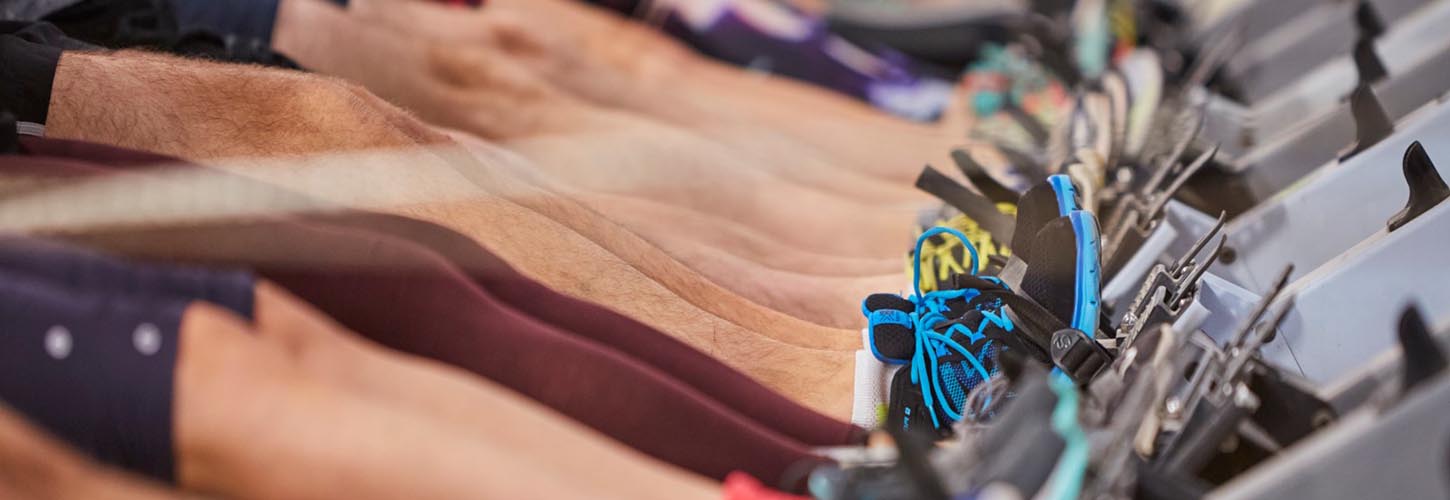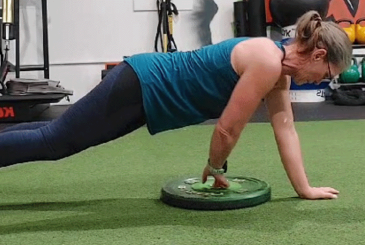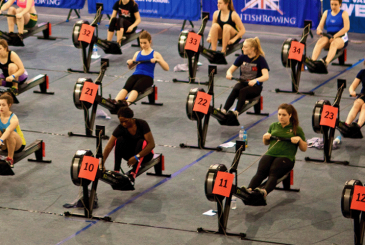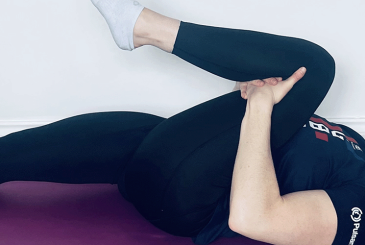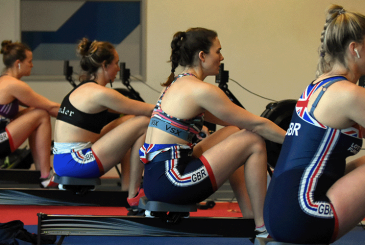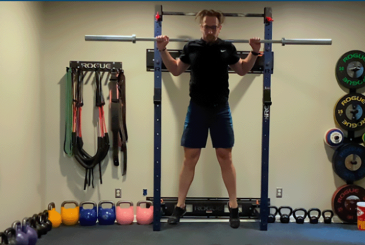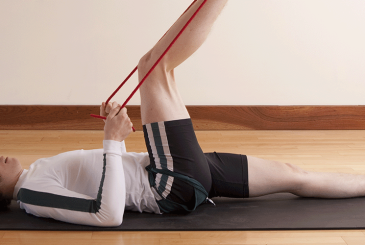Winter training indoors is tough but the benefits of the rowing machine are worth it. Sarah Moseley, British Rowing Sport Scientist (physiology), gives six reasons why indoor rowing is good for you
The rowing machine is considered to be an excellent way of improving cardiovascular fitness and muscular endurance.
Admittedly, we can be a little biased, yet there are a host of scientific reasons why more people should take up indoor rowing as part of a weekly fitness plan.
1 – Low impact
Research by Neiman et al found that three days of intense exercise elicited significantly greater levels of muscle soreness (+87%), inflammatory markers (+256%) and muscle damage markers (+130 & 404%) in running compared to cycling, which is a low impact alternative.
Like cycling, indoor rowing is also a great low impact sport. Exercising on a rowing machine minimises damage to weight-bearing joints, some of which are prone to injury and soreness in other activities. This means that the majority of individuals can enjoy a rowing workout no matter their age, size, sporting history or fitness levels.
While rowing is less likely to result in overuse injuries compared with weight-bearing sports, it is advisable to invest time in learning the correct technique to minimise the risk of injury. Check the British Rowing technique here.
2 – Whole body workout
Indoor rowing provides excellent upper and lower body conditioning. A powerful leg drive starts every stroke – your quadriceps, hamstrings and gluteals fire up to push you along the slide. Then comes the power from the back and upper body – your abdominals and obliques activate to provide stability, assisting your torso to drive backwards. Simultaneously, your trapezius, latissimus dorsi and biceps work to pull the handle towards your body.
How about that for a whole body workout?
Indoor rowing promotes improvements to muscular strength and cardiovascular endurance
3 – Burn those calories
Data published by Harvard Medical School suggests that a 30-minute rowing machine workout can burn up to an impressive 377 calories (data based on an 84kg individual). A brisk walk burns calories at a much slower rate – less than half – meaning you would need to exercise for over an hour to expend the same amount of energy!
4 – Both strength and cardiovascular endurance training
Indoor rowing promotes improvements to muscular strength and cardiovascular endurance. When your muscles are put under repeated physical stress, physiological adaptations occur to make them stronger – i.e. your muscle fibres will grow stronger and you will have an improved ability to utilise oxygen. A big advantage is that indoor rowing works both – simultaneously!
5 – You control the intensity
Committing to an exercise regime can be hard, so engaging in an activity where the exercise intensity is easily controllable will help to make it more enjoyable and keep motivation levels high. With adjustable intensity built into a rowing machine, the pace is entirely up to you and is determined by the resistance of the adjustable flywheel and/or how hard you push or pull during each rowing stroke.
Like cycling, indoor rowing is also a great low impact sport
6 – Solid aerobic training for elite rowers
The rowing machine is a great tool for enhancing on-the-water rowing performance. It offers a controlled, objective and repeatable training environment because it isn’t affected by external factors such as changeable weather conditions.
This makes it a good method for objectively measuring fitness and training/recovery status throughout the season.
During the winter elite rowers will often complete a high volume of low intensity training: a typical week involves grinding out sessions of up to 20km on the rowing machine. This model of training develops rowers with a solid aerobic base, helping them to complete and recover from periods of high intensity training and racing.
This article was originally published in Rowing & Regatta magazine in October 2017.
Photo credit: Simon Way.


